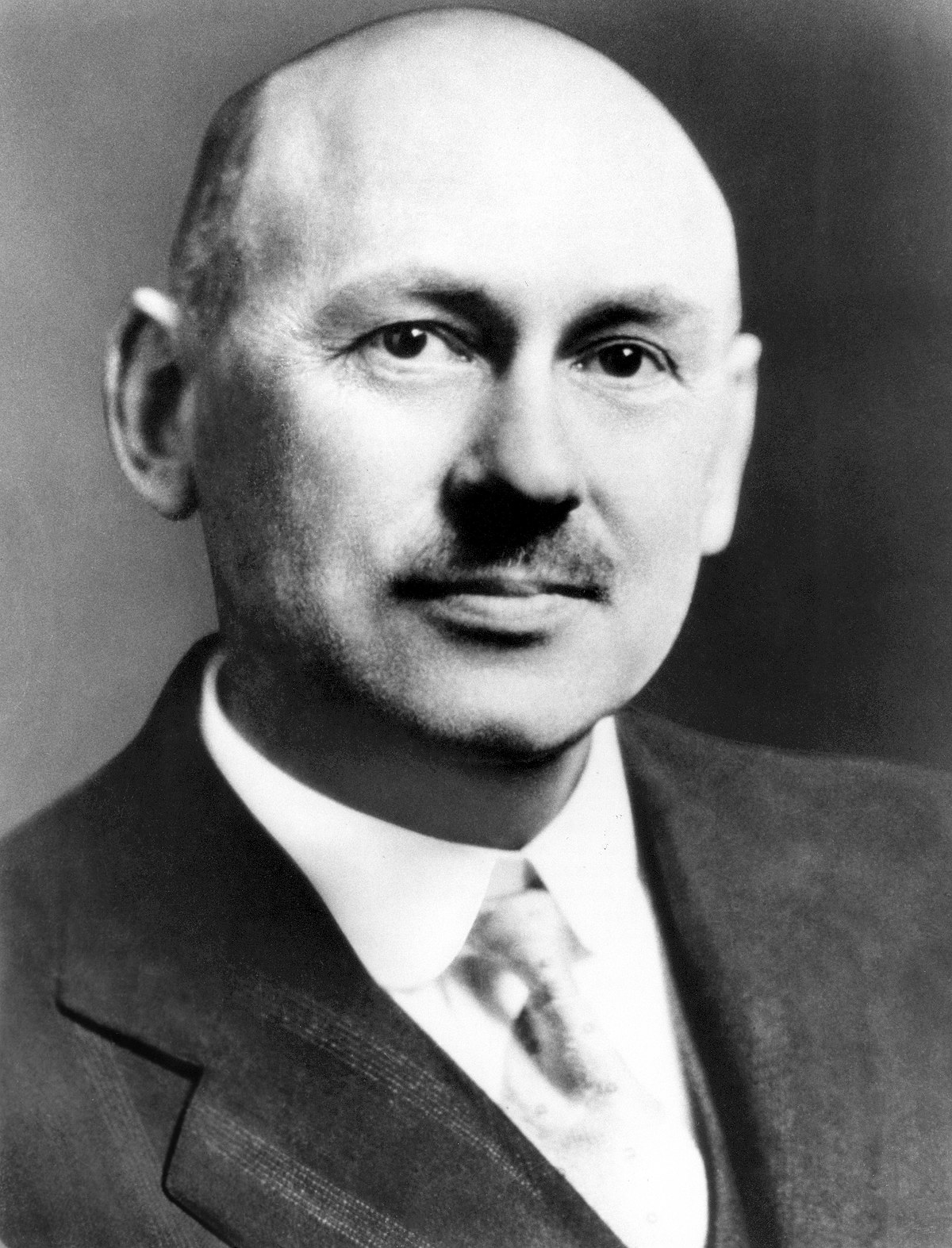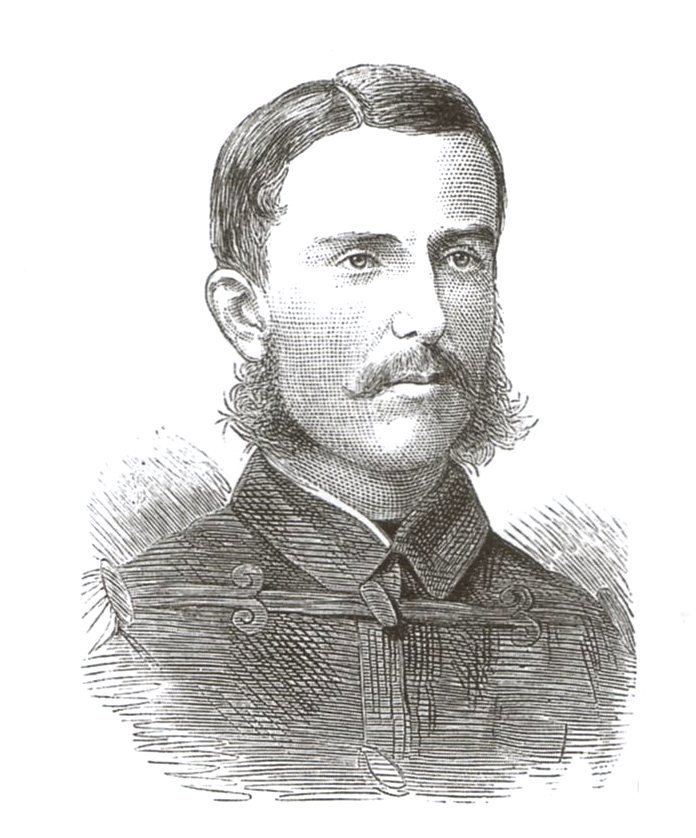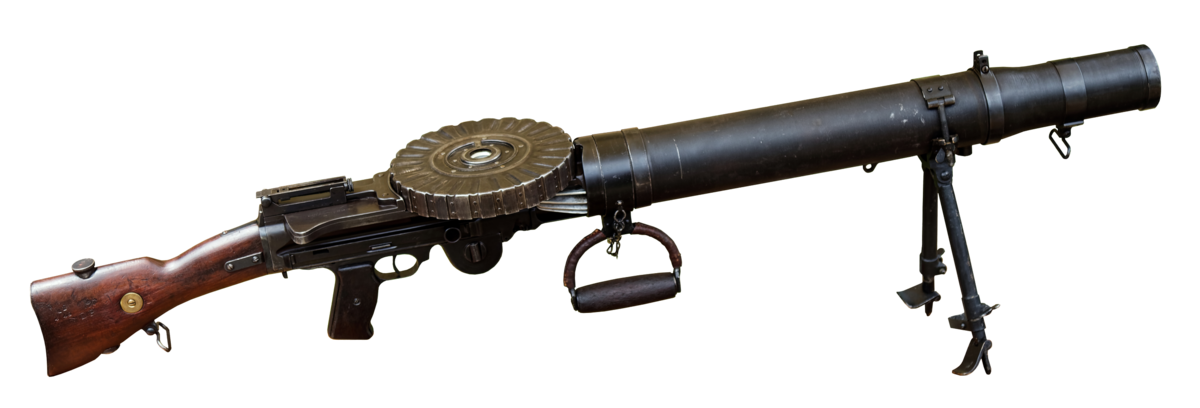iddt3
Donor
So I've seen this a ton for WWII nations, but almost never for WWI. Which is interesting, because I feel like there are very dramatic potential PoDs in any WWI nation having some foresight in it's equipment. Like, could Austria Hungry have invested heavily in Tanks in the pre war? Could the French have a Bren Gun Carrier equivalent going into the war?
So two different questions to answer:
So two different questions to answer:
- The Plausible: What *plausible* changes could a major combatant that would have a dramatic impact on combat effectiveness going into the war? So bigger investment in machine guns, more motorization, better artillery park, that sort of thing. These should be relatively small changes that don't require extensive justification, the focus is low hanging fruit and their impact.
- The Possible: What are the actual technical limits for what a nation could start WWI with? So is it physically possible for the Germans, given the technology of the time, to equip substantial portions of their army with proto assault rifles? Can you get wider deployment of radios? Can the British start the war with Aircraft carriers and torpedo carrying biplanes?







